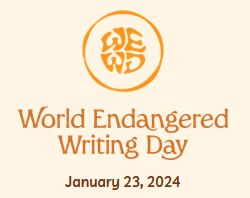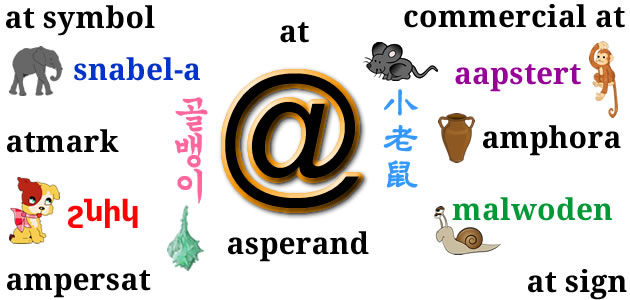Today is World Endangered Writing Day, a day to celebrate the world’s minority and indigenous scripts and communities.

This is an initiative started this year by Tim Brookes, the founder of the Endangered Alphabets Project, who explains:
World Endangered Writing Day was born when I read that in traditional Balinese culture, one day a year was dedicated to respecting and venerating writing.
On the day dedicated to the goddess Saraswati, nothing written may be destroyed, or even a letter crossed out. All the lontar manuscripts—oblong pages of lontar palm leaf, written on with a stylus and then bound between wooden slats—in a household are gathered and act as the representation of the goddess, to whom eighteen offerings are made, one for each of the letters of the Balinese alphabet. Each offering contains the symbol of the supreme god, made of fried rice dough.
This shows a deep understanding of the value and importance of writing, beyond being a mere means of conveying information as quickly and clearly as possible.World Endangered Writing Day, then, is a celebration of writing in all its varied and astonishing manifestations, especially those that see and use writing in far richer ways than we do.
[source]
Throughout the day there are online talks about writing, script extinction and revival, type design, and related topics. You can watch and listen to all the talks on the YouTube Channel: WEWD 2024.
More information about World Endangered Writing Day and about Tim Brookes’ Endangered Alphabets project:
https://www.endangeredwriting.world/
http://endangeredalphabets.com/
https://www.endangeredalphabets.net/
This is what the Balinese alphabet looks like, by the way:

If you want to know more about the world’s writing systems, there’s a little website you might find interesting: Omniglot – the online encyclopedia of writing systems and languages.















